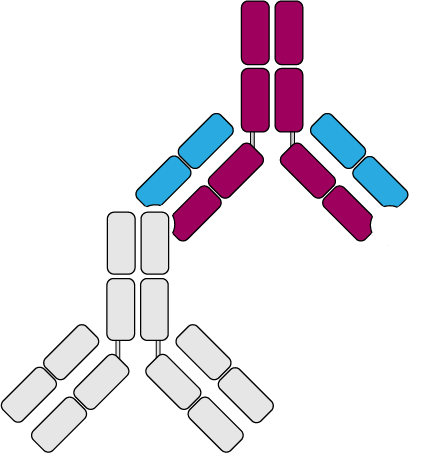Secondary antibodies are crucial in a multitude of applications, particularly in immunodetection techniques like Western blotting, immunohistochemistry and immunofluorescence. Their primary function is to amplify the signal generated by the binding of primary antibodies to specific target molecules. This amplification is pivotal for visualizing and quantifying proteins or other biomolecules within a sample. One essential aspect of secondary antibodies’ reliability is their manufacturing process, which often involves affinity purification.
The journey from crude antibody mixture to highly purified secondary antibodies begins with affinity purification. In this method, solid support, often chromatography beads, is coated with the target molecule recognized by the secondary antibody – typically the constant region of the primary antibody’s class. This immobilized target allows for selective binding, ensuring that only the secondary antibodies of interest attach to the support while unwanted contaminants are washed away. Once the purification process is complete, researchers are left with highly specific secondary antibodies, free from interference from other molecules. However, to further enhance their specificity, secondary antibodies can undergo an additional step known as cross absorption. This process involves exposing the antibodies to all unwanted species or closely related molecules that might cause cross-reactivity. By doing so, any residual reactivity towards these unwanted targets is neutralized, ensuring the secondary antibodies perform with the utmost precision and specificity in various research applications.
